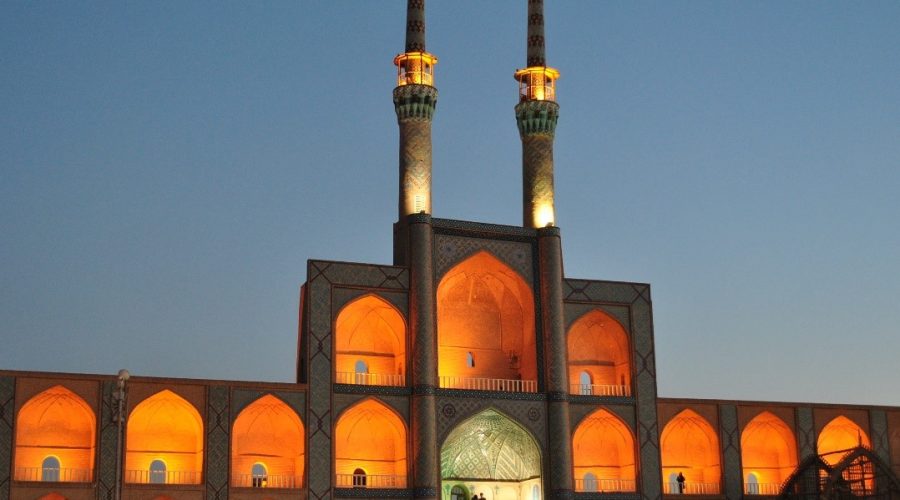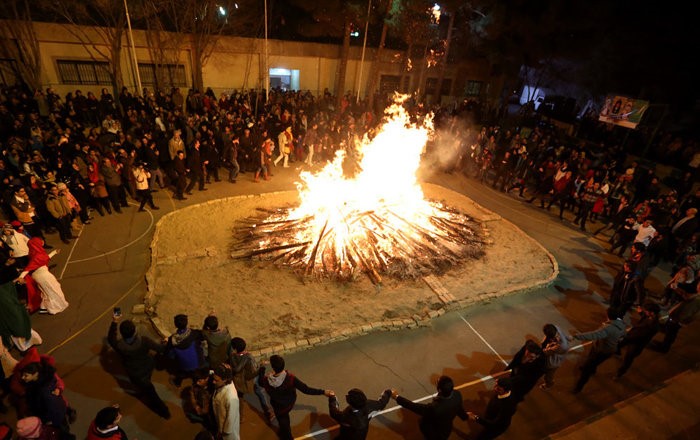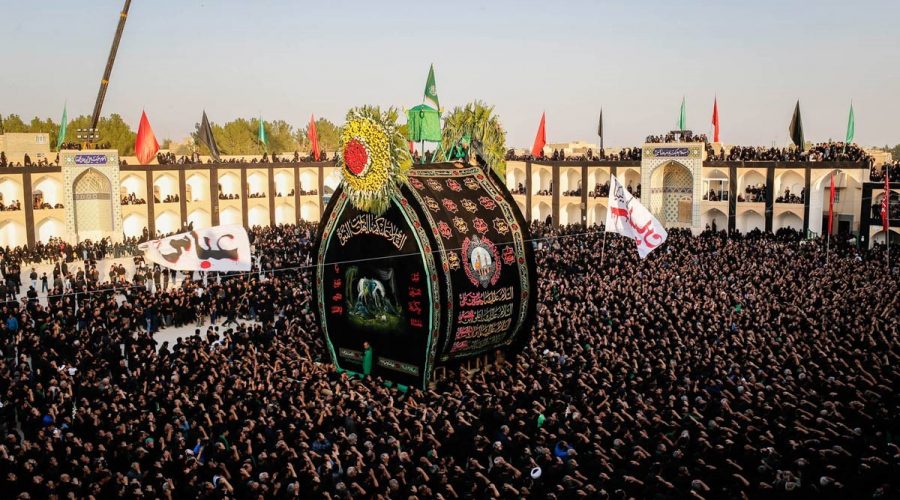Varham Fire Temple (Zoroastrian Fire Temple)
Varham Fire Temple was built in 1313 by Iranian and Indian Persian Zoroastrians. This building was settled in the center of a garden, a circular pool in the yard added to its beauty. The fire settled in a highest place in the building and these are some rooms for praying in the building, too. Its […]
Yazd Jameh Mosque
Yazd Jameh Mosque is the grand, congregational mosque of Yazd city, within the Yazd Province of Iran. The 12th-century mosque is still in use today. It was first built under Ala’oddoleh Garshasb of the Al-e Bouyeh dynasty. The mosque was largely rebuilt between 1324 and 1365, and is one of the outstanding 14th century buildings […]
Ash-e Alu (Plum Pottage)
Ash-e Alu (Plum Pottage) is so delicious and it is eaten especially in winters. It is a little sour and it’s made of onion, split pea, oil, pottage vegetable, rice, dry plum, salt and pepper.
Ash-e Sholi Yazd (Pottage)
Ash-e Sholi (pottage) is made of pottage vegetable (spinach, dill, leek, parsley, and fenugreek) beet, flour, onion, mint, lentil, oil, salt, vinegar, pomegranate sauce.
Qottab
Qottab is an almond-filled deep-fried Iranian cuisine pastry or cake, prepared with flour, almonds, powdered sugar, vegetable oil, and cardamom. The city of Yazd is well known for its qottab.
Pottery and Ceramics
Pottery and Ceramics (Earthernwares): Pottery has a 6,000-year-old history in Iran, which is the oldest handmade artwork. The earthenware is world famous for its designs, especially “fish”, “the lady sun” and “the hen”. Meybod is a prominent pottery-producing center in Yazd province.
Termeh
Termeh is an elegant, hand-embroidered silk fabric with fine threads of gold woven in, similar to a brocade. Usually in paisley designs you can find it made into a variety of products such as shoes, bags, tablecloths, and jewelry pouches, or you can, quite simply, buy the fabric itself.
Sadeh Festival
Sadeh is an Iranian festival that dates back to the first Persian Empire, Achaemenid Empire. Sadeh celebrates 50 days before Nowruz. Sadeh in Persian means “hundred” and refers to one hundred days and nights remains to the beginning of spring. Sadeh is a mid winter festival that was celebrated with grandeur and magnificence in ancient […]
Mehregan Festival
Mehregan is one of the two most ancient Iranian festivals known, dating back at least as far as the earliest Aryans (Iranians). The word “Mehr” (in Mehregan) in the Persian language means kindness. Mehr represents knowledge, love, light and friendship. Mehregan is an Iranian festival celebrated in honor of Mithra, the divinity of covenant, and […]
Nakhl Gardani
Nakhl Gardani is a Shia religious ritual carried out on the day of Ashura for commemorating the death of Husayn ibn Ali, the grandson of the Prophet Moḥammad and third Shia Imam. Nakhl is a wooden structure used as a symbolic representation of the Imam’s coffin and Nakhl Gardani is the act of carrying the […]


















